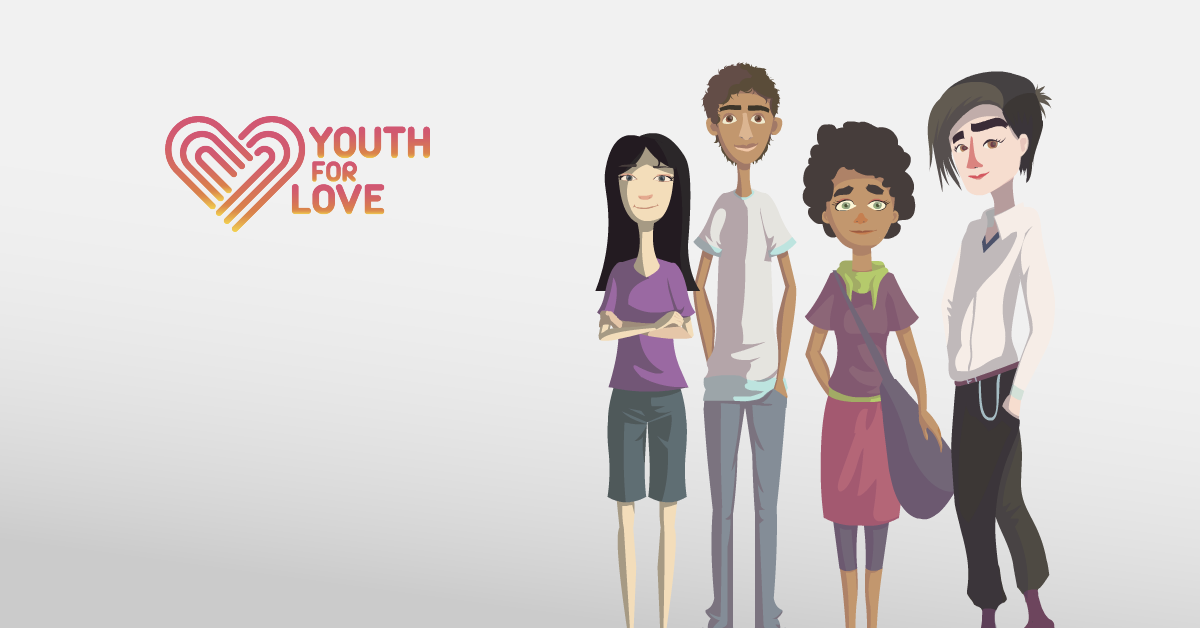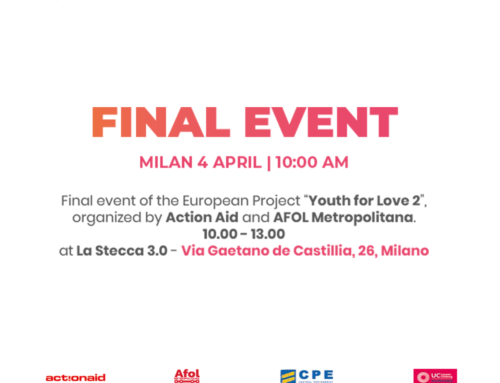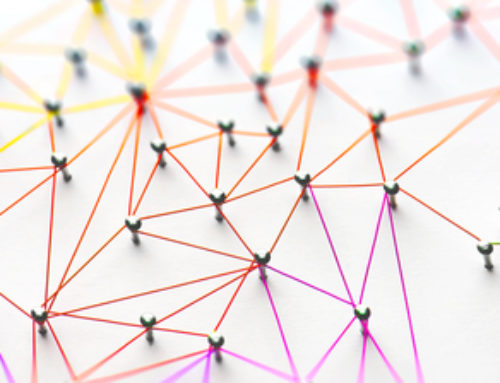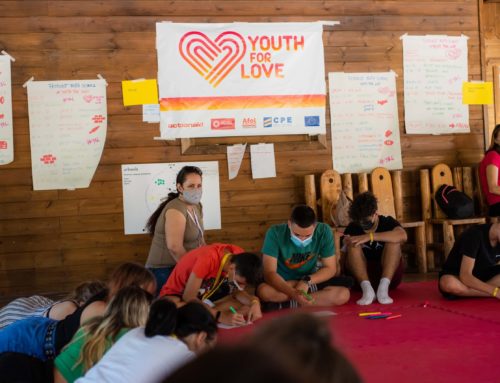How are we going to prevent, detect and address peer violence among adolescents? The project Youty4Love 2 aims to do exactly that, with the cooperation of Italy, Belgium, Greece and Romania and by focusing on five local communities. The goal is to promote the adoption of positive behaviors on preventing and addressing peer violence among youth, families, educational professionals and community members. Starting with the students and in order to learn more about their experience on youth violence in schools, ActionAid Hellas made 4 focus groups in Greece with the participation of 40 teen-participants. What is impressive is that the majority of the teenagers, reported physical violence and especially among boys, ranging from a push to a kick or even a knife assault. Something also important to note down is that none of the students who participated, seem to understand the severity of the incidents they described.
So what exactly happen in schools regarding physical and verbal violence? “One day at school a group of boys started beating one boy, with no reason”, “two students right outside our school had a disagreement and after that they started beating each other”, “during a school excursion, where I was not present, I heard that a schoolmate took out a knife at two other persons of the school…because they had a fight at the past, the one boy got angry and started beating my friend hard, because of his anger”.
Is physical violence and verbal abuse connected?
It seemed quite difficult for the children to understand and report psychological violence and verbal abuse and unfortunately the majority of them either think of verbal abuse as a common practice or they connect it to the physical abuse: “…I saw a group of boys who pushed another boy and were making fun of his weight…they thought that something like that would make them macho”, “he was alone in a corner and in front of him there was a group of schoolmates who were making fun, because of what he was, about his identity. I never understood why. He was just different.” The last experience has a common understanding with the perception of the racist abuse as another child shared: “I saw a group of children isolated in a corner of the courtyard a boy who had recently come to our school. This child had come from another country and the children who made up this group of friends insulted him, with very ugly characterizations and they started beating him. This story went on for about 6 weeks and then that particular child decided to leave.”
Regarding the role of gender towards violence, the children, follow stereotypical beliefs, as they seem to believe that boys mainly use physical power and girls fight through words.
But what does violence mean to the children who participated? Some of the words or phrases they shared are the following: “Bullying, different, something that does not pair with everybody, tensions, advantageous position based on unknown criteria, inequality, disturbance of normality, bad feelings, difficult position for both those who act and those receiving, physical violence, hitting, group of people, verbal violence, terrorism, isolation, whatever makes us feel bad, some turn to themselves/ some hurt themselves and others just ignore violence”.
Swear and offensive words are in every day’s communication
At schools swearing as one participant said is a daily routine “I will not talk about swear words, as this is everyday reality in my school. Everybody swears at other people. I would consider it as violence if someone swears at me directly, make it personal or say something bad about my relatives. Usually they swear out of anger, but it has become part of their expression/ vocabulary.”
Cooperation is everything
When it comes to the support they seek to find in order to address such incidents, the majority of the students go to the school staff in order to report this, and they think that punishment doesn’t really solve a problematic behaviour, but only temporarily. Though they believe that teachers sometimes do nothing about that, or that they do not really understand. Sometimes there is fear of reporting such incidents, as they think that the aggressors will seek revenge. The perception of the children changes when it comes to an experienced designated person who is close to them. Students say that bullying is a thematic often discussed in school, as part of educational initiatives, but they don’t think that this has brought a lot of change. Two of the children said: “It is quite common to have programs at school and this is not good because it means that these phenomena are constantly increasing. However, still with the programs there is not a great change.”, “I think that violence has started and enters more into our school life as a curriculum. At the school last year, we did “Soft skills laboratories” and with our educator we have done work on bullying, and we talked a lot about this topic. I believe that the most important thing in all of this is awareness.”
How can things improve? The cooperation between children, teachers and the parents seem to be very important in order to tackle violence in schools and a typical example is the following: “…I was hanging out with a boy who did not talk well in Greek, as he had arrived from Syria. During the school intervals there was a group of boys in the school that were talking very badly to him…Once I told him to talk to the teachers. He eventually did talk and since then they haven’t harassed him.”
Violence in schools does exist that’s why it is extremely important to invest in education, awareness and cooperation between students, teachers and parents, in order to see the change first of all in the community.










